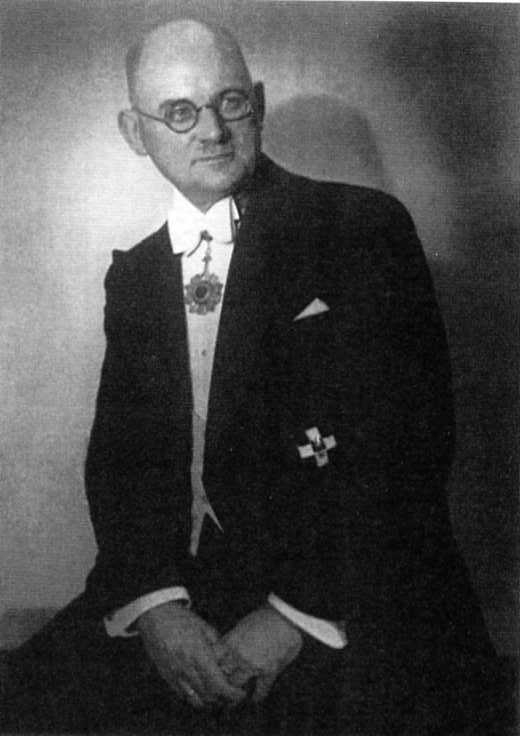
Nanking Safty Zone's Chairman
The Japanese army received a letter of thanks for peace in the refugee district.
 |
| John H. D. Rabe |
| International Committee of Nanking Safty Zone's Chairman |
1) No women and children were killed
All civilians including women and children in Nanking were living in the Nanking Safety Zone controlled by the International Committee.
On December 13, 1937, when the Japanese troops entered Nanking City, Colonel Kazuo Isa, the commander of 7th Regiment, was designated to conduct sweeping operation through the Nanking Safety Zone.
On the next day, Colonel Isa posted sentries at more than ten exit of the Safety Zone strictly restrained Japanese soldiers access.
When Colonel Jiro Wakisaka, the commander of the 36th Regiment attempted to enter the Safety Zone, a sentinel stopped him and could not get in. This was testified by Colonel Wakisaka himself in the Tokyo trial. (Stenographic Records of IMTFE Vol. 309, 22-11-6)
The fact that even a Colonel was rejected the entrance indicates that the security was extremely tight.
By Commander General Iwane Matsui’s strict order, there was no single bullet fired, no air strike to the Safety Zone. Even no arson that means no single house was burned. The Safety Zone was very a safety zone.
No female or infant victim of murder recorded, though rape, outrage and theft by some unscrupulous fellows were recoded in the official documents of International Committee for Nanking Safety Zone.
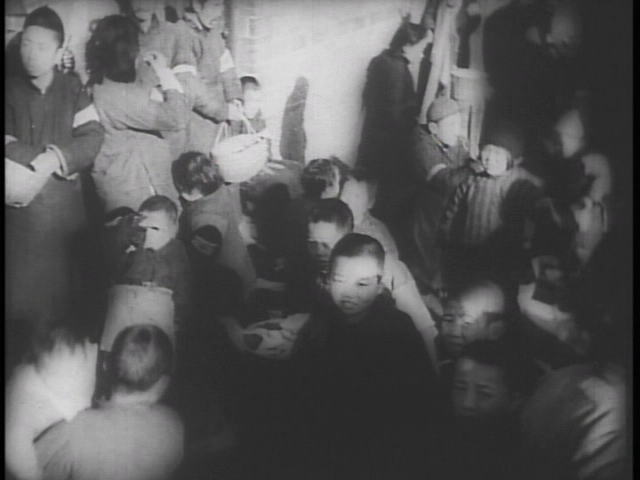 |
| Dec, 1937,Scene of children with peoples in Nanking Safty Zone. By Documentary film"Nanking"1938. |
Almost no women and children found in the Burial log of Nanking Red Swastika Society, too. There should be some collateral damage against general citizens in the guerilla revelations where people were conscripted or abducted by mistake. However, according to the various records, the Safety Zone was in peace and safe in most of the time.
If the Safety Zone was safety, that means all the Nanking citizens were living in security, because nearly all the citizens of Nanking with some exceptions gathered in the Safety Zone.
John H. D. Rabe, chairman of the International Committee of Nanking Safety Zone, sent a letter representing the Committee in which he wrote “We come to thank you for the fine way your artillery spared the Safety Zone and to establish contact with you for future plans for care of Chinese civilians in the Zone.”
(IMTFE , Exhibit No.323 = Prosecution Exhibit No.1744, Court Reporter's Transcript, No. 210.)
The text below is excerpt from diary and private papers written by Dr. James H. McCallum, the doctor of Nanking University Hospital. (Exhibit No. 309 = Prosecution Exhibit No. 246). This was read by Kiyoshi Ito, the defense attorney of General Matsui in the defense plea. (IMTFE Transcript No. 210)
The followings are excerpts from a diary and notes kept by Dr. James McCallum, a physician associated with the Jinling University Hospital, which were read at the Tokyo Trials by Kiyoshi Ito, General Matsui Iwane's attorney, during the presentation of Matsui's defense. They describe acts of kindness performed by Japanese soldiers.
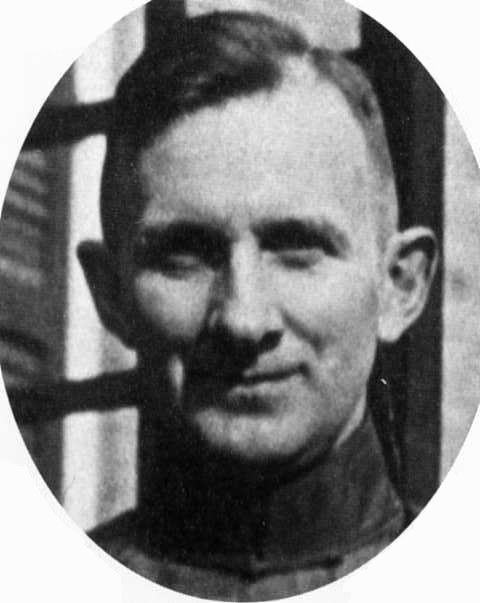 |
| Dr. James McCallum |
1. We have had some very pleasant Japanese who have treated us with courtesy and respect (December 29, 1937).
Occasionally have I seen a Japanese helping some Chinese, or picking up a Chinese baby to play with it (December 29, 1937).
2. Today I saw crowds of people flocking across Chung Shan [Zhongshan] Road out of the Zone. They came back later carrying rice which was being distributed by the Japanese from the Executive Yuan Examination Yuan (December 31, 1937).
3. Succeeded in getting half of the hospital staff registered today. I
must report a good deed done by some Japanese. Recently several very nice
Japanese have visited the hospital. We told them of our lack of food supplies
for the patients. Today they brought in 100 shing [jin (equivalent to six
kilograms)] of beans along with some beef. We have had no meat at the hospital
for a month and these gifts were mighty welcome. They asked what else we
would like to have (December 31, 1937).
John H. D. Rabe wrote a letter of gratitude representing the International Committee and Dr. James H. McCallum wrote acts of kindness performed by Japanese soldiers in his diary.
Even Rev. John G. Magee who hated Japan said “the Safety Zone might have been a heaven for refugees” (refer “The Rape of Nanking”, page 84, by Ikuhiko Hata) and Dr. Lewis S. C. Smythe also described “the fact that practically no burning occurred within the zone was a further advantage” and “most of the residents gathered in the area.”
Maeda Yuji, former correspondent for Domei Tsushin and former director of the Japan Press Center, described his experiences in Nanking in “World and Japan” magazine issued by Naigai News Agency (#413, April 5, 1984) as follows:
“Those who claim that a massacre took place in Nanking, leaving aside their accusations that 200,000-300,000 persons were murdered for the moment, assert that most of the victims were women and children.
However, these supposed victims were, without exception, in the Safety Zone and protected by the Japanese Security Headquarters.
The Nanking Bureau of my former employer, Domei Tsushin, was situated inside
the Safety Zone. Four days after the occupation, all of us moved to the
Bureau, which served both as our lodgings and workplace. Shops had already
reopened, and life had returned to normal. We were privy to anything and
everything that happened in the Safety Zone.
No massacre claiming tens of thousands, or thousands, or even hundreds of victims could have taken place there without our knowing about it, so I can state with certitude that none occurred.
Prisoners of war were executed, some perhaps cruelly, but those executions
were acts of war and must be judged from that perspective.
There were no mass murders of noncombatants. I cannot remain silent when
an event that never occurred is perceived as fact and described as such
in our textbooks. Why was historical fact so horribly distorted? I believe
that the answer to this question can be found in the postwar historical
view, for which the Tokyo Trials are responsible”
Maeda’s testimony is good enough to be relied on.
Even “LIFE” magazine, which had been taking anti-Japanese stance commented, "About 150,000 Nanking civilians, like this one, cowered throughout the siege in a "safety zone".
Descriptions about the Nanking Incident in Japanese textbooks includes like the followings, "Japanese military personnel killed 70,000-90,000 persons, if one counts only civilians, including women and children" (Tokyo Shoseki) and "Japanese soldiers murdered vast numbers of civilians, including women and children" (Kyoiku Shuppan).
What do they base that on?
Even the people from the third nations having hatred of Japan expressed
their gratitude to the peaceful life in the safety zone and Japanese soldiers
kind acts. I don’t know why do Japanese textbooks have to describe such
fabricated events and instill masochistic view of history in children.
2) A letter of gratitude from another Safety Zone
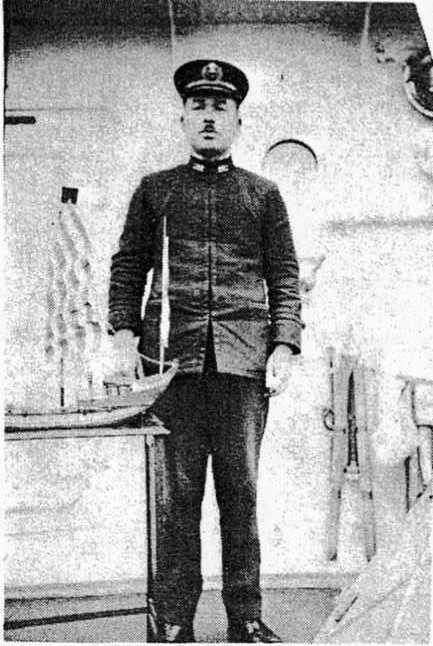 |
| Colonel. Shinji Doi |
| On Japanese Navy Gunboat 'Hira'. |
There is another episode of the Safety Zone.
Baotaqiao-jie is a town 1.8 km north from Xiaguan, one of the bloodiest battlefields with massive war death. In Baoguo temple of this town, 6,000 – 7,000 refugees were gathering.
On 13th, the 11th squad was headed to Xiaguan lead by Japanese Navy Gunboat ‘Ataka’. The squad was breaking the closure lines by returning fires against blistering attacks from Liu Zijiang’s trenches.
Gunboats ‘Hozu’ and ‘Seta’ were in front and main forces Destroyers ‘Kawakaze’ and ‘Suzukakze’, Gunboat ‘Hira’ and ‘Ataka’ were following.
The Yangtze-River and the riversides were full of boats and rafts of the routed enemy.
Each Japanese gunboat attacked them.
On Dec 14, 1937, Gunboat ‘Hira’ stopped at one nautical mile down the river from Xiaguan to investigate the status of Baotaqiao-jie.
The place was for arsenals with an incoming line, military supplies such as weapons, foods and clothes were stored. Around the area, there were hideouts and guerillas often appeared, the security was so poor and very dangerous.
Lieutenant Colonel Shinji Doi, the Commander of the gunboat ‘Hira’, volunteered to improve and secure the Baotaqiao-jie area.
In center of the town, there was a Safety Zone by Red Swastika Society, and thousands of refugees and approx 20,000 citizens were living in fear. Lieutenant Colonel Doi first repaired the Baotaqiao Bridge between the town and Xiaguan, and provided foods and clothes to make people’s mind secured.
He changed the name of the town to “Pinghe-jie” (peaceful town) and protected people from the forage and violence by guerilla.
The town recovered rapidly but the food shortage was the biggest problem.
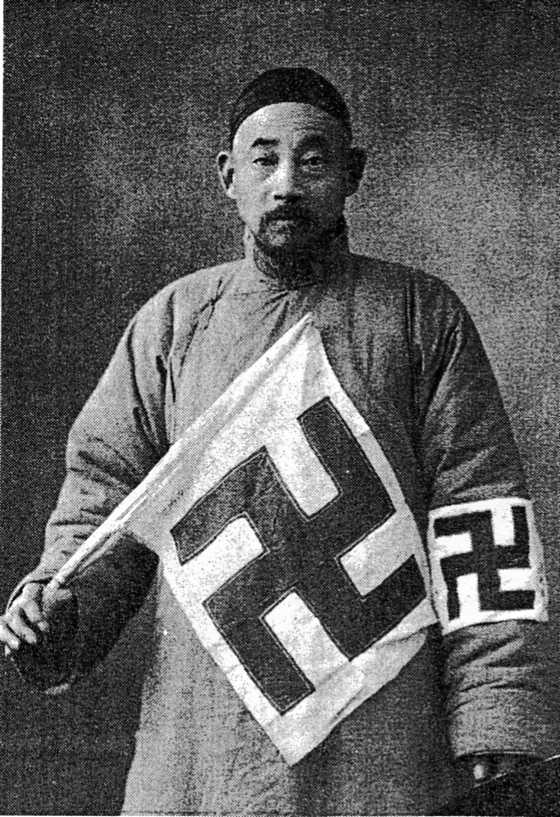 |
| Cheng Hansen |
| The Chairman of the Red Swastika Society |
In the ear end, the 1st minesweeper had hit a mine and sunk at defensive position of Wulong mountain battery, and the gunboat ‘Hira’ rushed to the scene for rescue under an order. When the rescue was completed, ‘Hira’ rushed to Shanghai carrying numerous dead and insured.
Lieutenant Colonel Doi visited the Naval Fleet Command on the battleship ‘Izumo’ to appeal the predicament of the refugees.
The Naval Fleet Command motivated by Doi’s passion and heartiness and permitted the food aid as his request.
The gunboat ‘Hira’ returned to Pinghe-jie loading the foods.
It was on the New Year day of 1938.
The following is the list of the foods provided to the Safety Zone through Cheng Hanlin, the chairman of the Red Swastika Society.
Preserved beef and pork 10 boxes
Sugar 10 big bags
Dried fish 10 boxes
Soybean oil 10 boxes
Salt 10 packets
Biscuit 20 boxes
Bill of Receipt
Preserved meet 10 boxes, Sugar 10 boxes, Fish 10 boxes
Soybean oil 10 boxes, Salt 10 boxes, Biscuit 20 boxes
We appreciate your honorable Captain for the foods provided as above that save many refugees.
Pinghe-jie Red Swastika Society Safety Zone
Cheng Hansen, Chief
The refugees welcomed the gunboat ‘Hira’ hanging Japanese flag at each door.
Not only the refugees but also the residents of the town greeted with cheers.
A banner reads “Nanking Siaguan Peace Town” was displayed at the gate and the town was in a jubilant mood.
On the next day, January 2, 1938, Cheng Hansen and the members of the society, arranged in the Baoguo Temple, greeted Lieutenant Colonel Doi and the crewmembers of ‘Hira’.
The bill of receipt and the letter of gratitude for the food aid delivered the day before were presented by Chairman Cheng.
At the night of December 13, the Wakisaka Squad of the 36th Infantry Regiment that first arrived the outside of Guanghua Gate gathered and burnt the bodies of war dead of Japanese Army. They also gathered Chinese war dead and buried the bodies, setup a stupa, laid flowers, burnt incense and read a stura all through the night.
Colonel Jiro Wakisaka and Lieutenant Colonel Shinji Doi of Japanese Navy were not special nor exception. They had a common mind of warriors of the time based on the Bushido (Japanese samurai spirit) with heart and blood.
Takeshi Yoshikawa, the Staff Officer, said that he had got what-for of General Iwane Matsui saying that more careful attention must be paid to Chinese war dead.
How can those soldiers and commanders murder sinless women and children at random?
According to China’s allegation, a massacre of several tens of thousands people took place in adjacent Coal wharfs and Yuleiying area as well. However Captain Doi firmly denied saying there was no such fact and even a rumor was heard.
From this episode, it is obvious Chinese propaganda is a big fake.